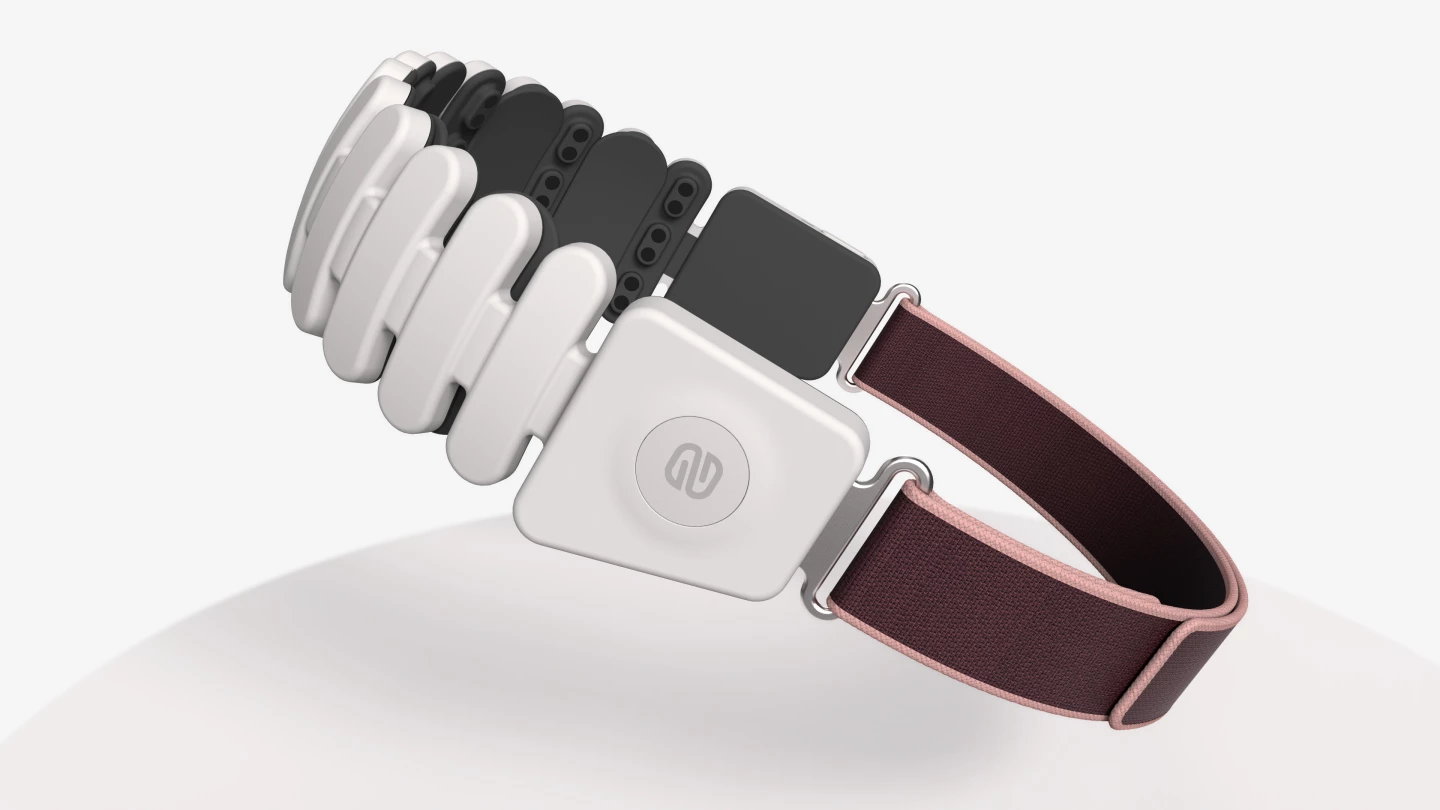An innovative start-up is out to change how attention-deficit/hyperactivity disorder (ADHD) is managed, bypassing the traditional route of medication to instead use non-invasive light electrical brain stimulation delivered by a headband worn for just 20 minutes a day.
Neurode, an Australian company founded by Nathalie Gouailhardou – a neuroscientist who was diagnosed with ADHD at the age of five – and engineer Damian Sofrevski, has raised AUD 5.3 million (US$3.7 million) to get its device to market, and have a wait list of thousands wanting to test the product in its development stage.
It's no surprise Neurode has received so much interest, either. Anyone who has been through the laborious and expensive process of even getting a diagnosis will know that it's a challenging and often long journey to access current treatment – medication, primarily, and perhaps behavioral therapy – which is another obstacle in itself.
Gouailhardou herself provides an explainer below on not just how Neurode works, but also just how complex this neurodevelopmental disorder is.
For more than 366 million people worldwide living with ADHD (and these 2020 statistics are now considered an underestimate), treatment is still largely trial and error, with many trialing different medications before hopefully finding one – and the right dosage – that helps. Or, as my doctor says, the treatment in which the pros outweigh the cons.
Then, there's the added difficulty of restricted access to medication, with the most popular treatments – short-acting stimulants such as dexamphetamine and methylphenidate (Ritalin) and slow-release stimulants like lisdexamfetamine (Vyvanse) – being controlled substances, which have varying degrees of red tape attached to access depending on where you live. In some countries, such as Japan, dexamphetamine is banned. Currently, non-stimulant options are limited to mainly norepinephrine reuptake inhibitors or alpha-2 adrenergic agonists.
That said, for many millions, medication does make a life-changing difference (myself, as a late-mixed-type ADHD diagnosed adult, included), so we're certainly not suggesting stopping anything that's working. And new types of drugs are on the horizon, particularly for adults with ADHD. But, as outlined above, the many limitations and challenges to treatment leaves the door wide open for other potential approaches to getting help.

Neurode's goal is to make treating ADHD and self-management of its many complex and varying symptoms much easier – since there is no cure – by way of light electrical stimulation delivered to the prefrontal cortex (PFC), the region of the brain that controls executive function and focus. Users so far have reported feeling either nothing while wearing the headband, or a slight tingling. Medications, on the other hand, have a suite of side effects such as sleep disturbances, changes in blood pressure, increased heart rate, anxiety and nausea – particularly in the early trial-and-error stage.
Worn for 20 minutes a day, the creators say the brain stimulation helps manage focus, memory and impulse control – key components of executive function that makes daily life for those with ADHD such a challenge. What's more, Neurode connects to a brain-monitoring app, that feeds back real-time data through a smartphone app. It measures brain activity and tracks PFC changes over time, which in turn should reflect in how executive function-related symptoms improve.
"We let you view your brain activity and understand how that relates to your ADHD, an MRI in your pocket," the founders explained.

Gouailhardou was inspired to create Neurode after her own experience with medications, in which each one presented more problems than help. The headband and app also features an AI assistant named Rae, primarily to help users reduce overwhelm – something that can lead to everything from emotional dysregulation to task paralysis and risky coping mechanisms – and form user-friendly, personalized to-do lists. In adults with ADHD, executive function issues play havoc with beginning or completing tasks, sticking to good habits, remembering appointments and deadlines, and poor time management. What can be perceived as laziness or absentmindedness, is actually due to poor dopamine and norephinephine neurotransmitter regulation in the PFC – which Neurode homes in on.
It's essentially a brain-imaging device for personal use, and light sensors allow wearers to monitor changes in their brain activity, providing an insight into improvements in the key region and its impact on symptoms.
In the future, the company's founders are looking beyond ADHD treatment to develop devices that monitor cognitive decline and manage depression. While there isn't a whole lot of detail yet on how much the device will cost, or extensive clinical studies into its effectiveness compared to medication and/or therapy, those curious can now sign up (US only) to beta-testing the headband here.
Source: Neurode







